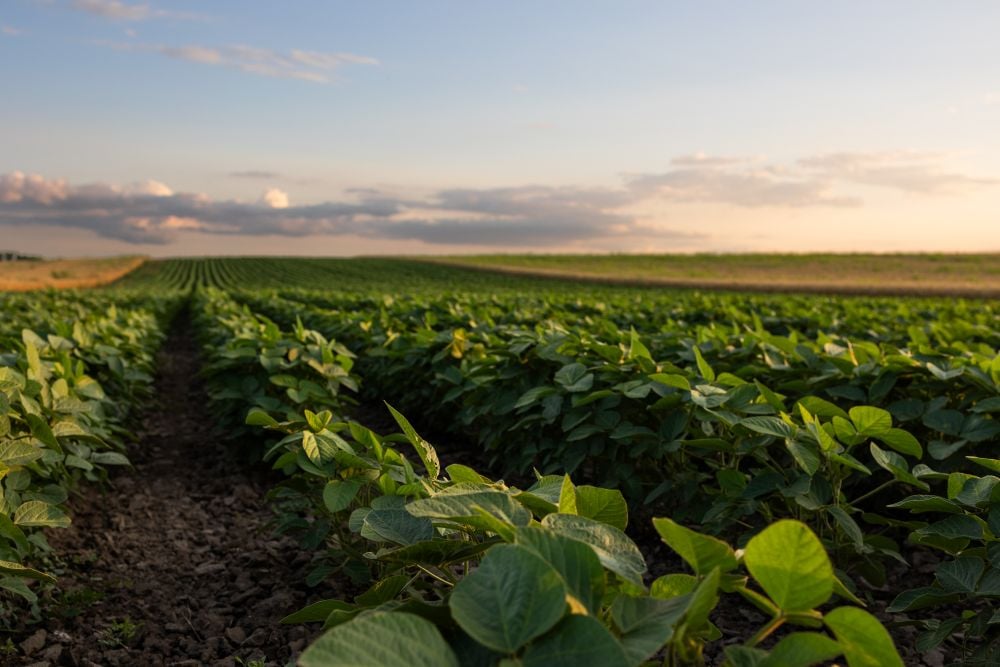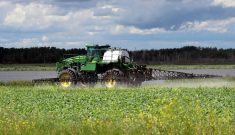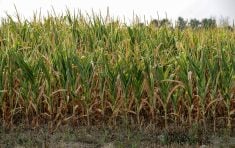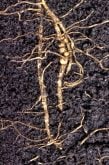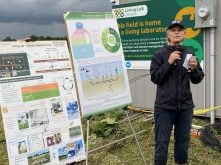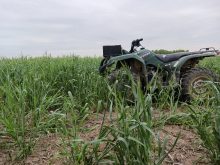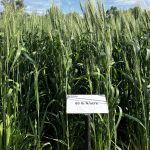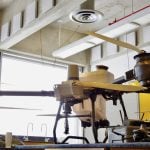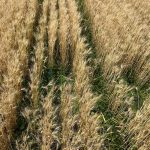Cover crops are increasingly seeded by drone in Ontario, but there’s still more to learn about which rates and types of crops make the most sense.
Why it matters: Drones can make seeding cover crops easier and reduce the risks posed by heavy equipment.
The first year of a three-year study showed that broadcasting into fields planted without tillage can be challenging and although farmers would love some legumes in their broadcast cover crop mix, they can be sensitive to the herbicides used that year in the fields.
The study led is by Jake Munroe, soil management specialist with the Ontario Ministry of Agriculture, Food and Agribusiness, and aims to answer some of the questions that remain around drone seeding of cover crops.
Read Also
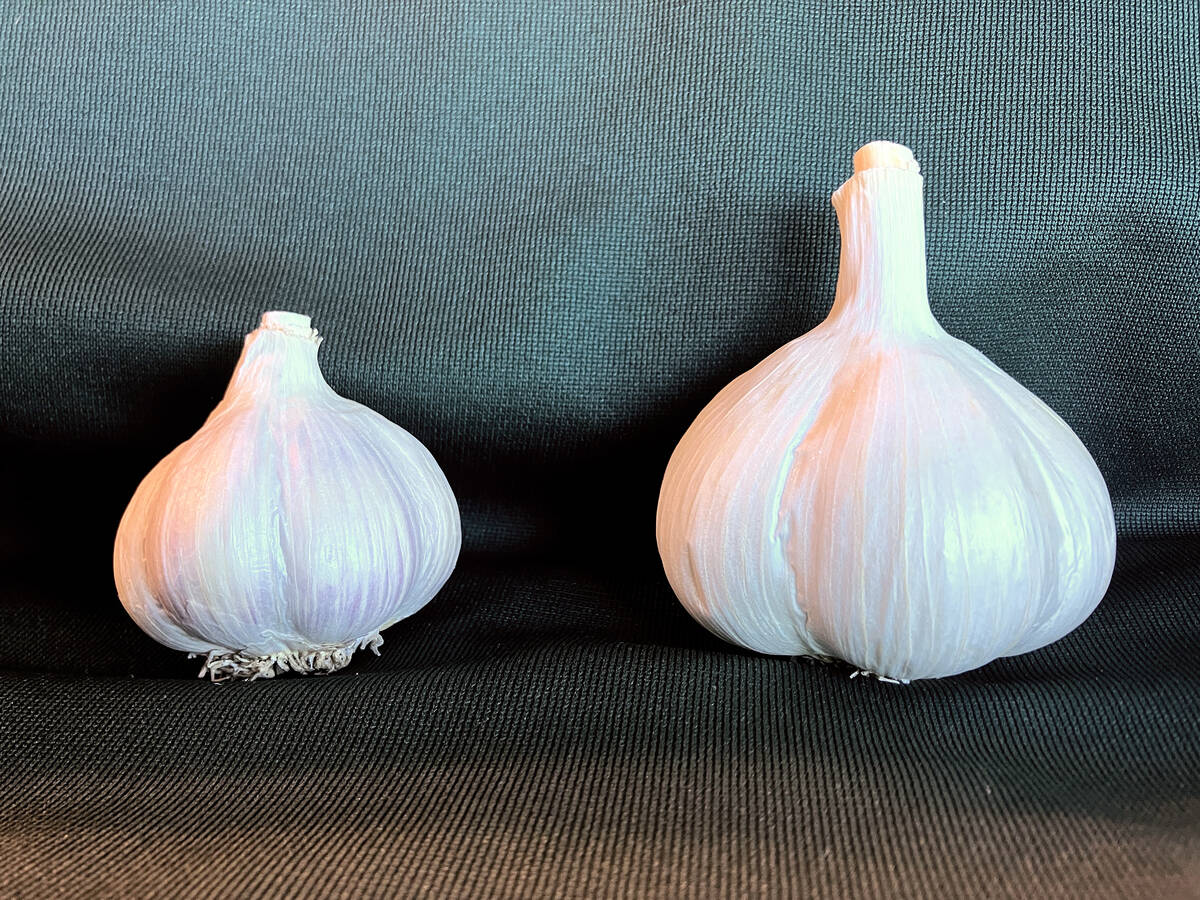
Clean seed garlic promises bigger bulbs and higher returns for growers
Ontario garlic trials show clean seed outshines conventional yields, with stronger drought resilience, reduced virus risk and greater economic outcomes.
The project, an Ontario Living Labs project administered by the Ontario Soil and Crop Improvement Association (OSCIA), looks at how to extend the cover crop application window for corn and soybeans.
Running a spreader or sprayer through a maturing crop will lower yield, and waiting until harvest means the cover crop has much less chance of establishing itself enough to survive the winter.
The trial includes three farmer co-operators and three corn and three soybean trials. One of those trials is at the farm of Brett Green near Embro.
OSCIA held a Living Labs demonstration there recently that included an update from Munroe, but also a demonstration of drones with sensors and the ability to apply seed.
“The interest in getting the drill out and competing with wheat seeding, or getting the drill back out after it’s clean, after wheat seeding, there’s a bit of a barrier there,” said Munroe.
The project included some sites where cover crops were also seeded with a drill.
The farmer co-operators have some influence over the trials to build in experiments relevant to their farm.
Munroe said that included a request to add red clover to the trial in the first year to try to get more nitrogen fixed in the soil from the legume. It didn’t work out due to herbicide interactions, so wasn’t replicated in year two.
Munroe highlighted results from the Elgin County experiment site, where the farmer had also drilled and broadcast cover crop the day after corn was harvested.
All three treatments survived, with the drilled cover crop being the most uniform and the earlier-seeded drone cover crop more advanced, but more variable.
Biomass ratings taken by drone imaging in May 2025 showed the most biomass from the earlier drone seeding.
Munroe said seeding cover crops into no-till fields, whether by drone or another broadcast method often leads to poorer growth.
“No till systems can tend to pose challenges, both with the surface residue interfering with seed-to-soil contact, and potentially with slug feeding,” he said. There will be more active monitoring of slug feeding in this year’s trials.
Andres Hurtado of Terralynx, an imagery analysis company that uses drones, talked about what he can learn from trials like the cover crop project using multi-spectral imaging. Multi-spectral drones record the light from plants, even the infrared lights we can’t see, when a plant is early in a stressful period.
Increased resolution and high-speed computer processing of images mean even more detail than ever, with the ability to see single rows and plants.
Hurtado also had a LiDAR drone at the event, which creates three-dimensional models of land. This can help create more accurate maps for drainage companies.
Practical applications of Hurtado’s drone image analysis include farmers who have had him create emergence maps and variable rate nitrogen maps.
Drone Spray Canada brought along some large DJI drones to the event, including the new T100 which it uses to apply fertilizer and broadcast seeds.
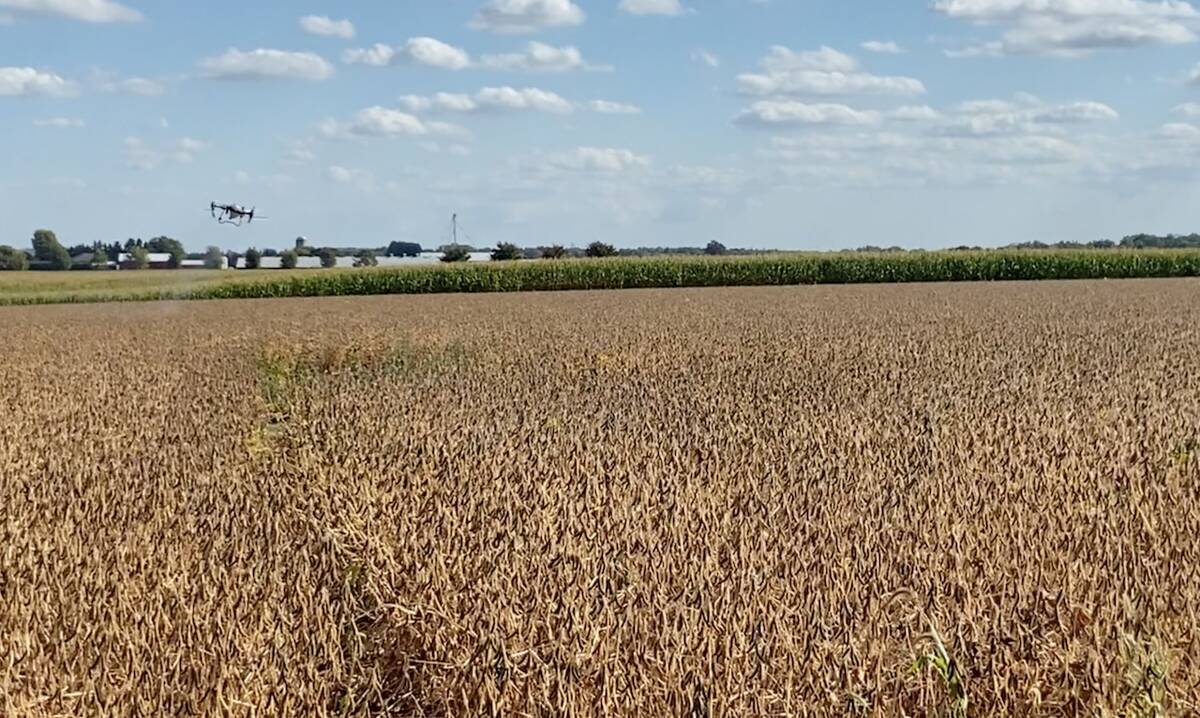
There are no labels approved for pesticide applications in agriculture with a drone in Canada yet, unlike the United States and Brazil, where drone spraying is mostly regulated with existing aerial approvals, explained Adrian Rivard of Drone Spray Canada.
A blanket aerial label can be a “double-edged sword,” said Rivard. It can open up the market to drone spraying, but there are limits for applications where a helicopter needs a much larger buffer zone than a drone would, but they are regulated similarly.
The drones at the OSCIA demonstration broadcast cereal rye and oats at about 65 pounds per acre on an area of a soybean field that wasn’t part of the OSCIA cover crop trial.
Vegetation determines coverage width. In standing corn, a width of 21 feet is best, but Rivard said they can cover 30 feet on bare ground.
The drones are also being used for fertilizer application, and Rivard said an applicator in the Ottawa area applied 360,000 lbs of urea this year with a DJI T50.
Rivard, a DJI drone dealer, has been experimenting with the new DJI T00; with a 100-kilogram payload, it can cover 50 acres with cereal rye seed in 45 minutes.
“It flies at 45 miles per hour. Previously, the T50 was at 23 (mph), so twice the payload, twice the speed. It’s a better rocket. It’s kind of fun.”

